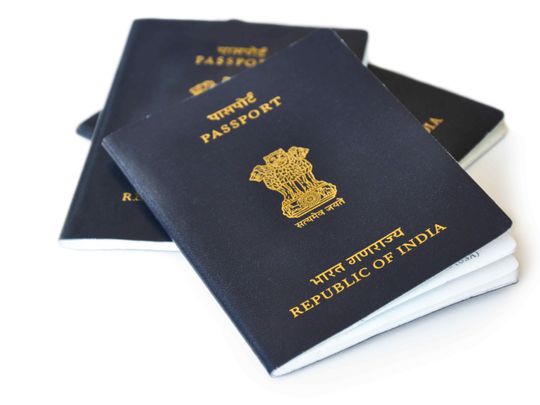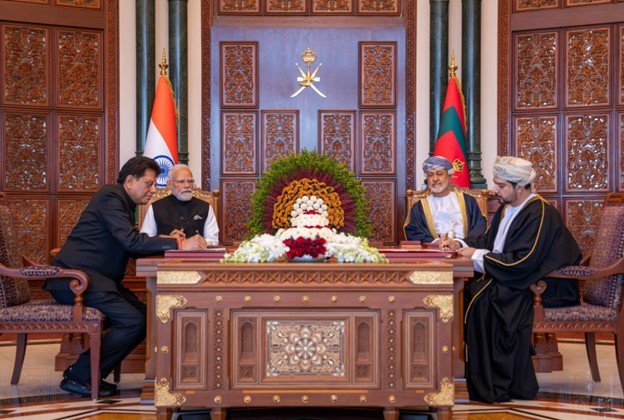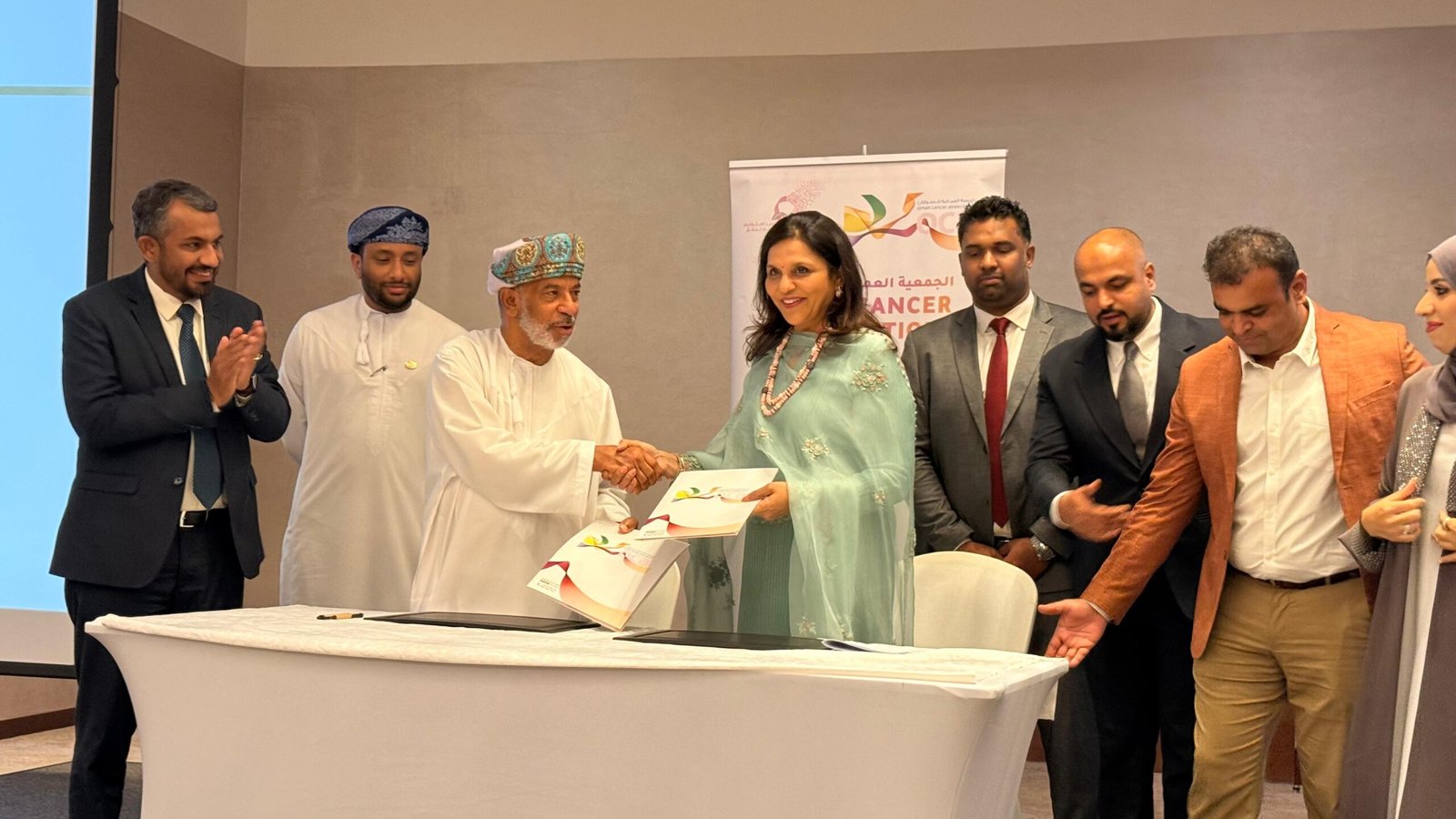New Human–Machine Collaboration (HMC) Icons aim to promote transparency, ethics, and trust in content creation across sectors
In a pioneering move, Dubai has launched the world’s first universal icon-based system to clearly distinguish between human and artificial intelligence (AI) contributions in creating content. The initiative—called the Human–Machine Collaboration (HMC) Icons—was announced by His Highness Sheikh Hamdan bin Mohammed bin Rashid Al Maktoum, Crown Prince of Dubai and Chairman of the Board of Trustees of the Dubai Future Foundation, reported timesofindia.indiatimes.com.
The classification aims to bring transparency to creative, academic, and scientific content by highlighting the extent of AI involvement, offering both core and functional icons to decode the roles played by humans and machines.
Developed by the Dubai Future Foundation, the HMC Icons are designed to be adopted globally by researchers, designers, publishers, and creators. Sheikh Hamdan emphasized that this innovation is a response to the growing need for transparency in the age of intelligent machines. “Distinguishing between human creativity and artificial intelligence has become a real challenge in light of today’s rapid technological advances,” he stated.
Dubai’s new HMC Icon system labels AI vs. human contributions in content, marking a global first in ethical transparency for creative and research work
How the HMC Icons Work
The system includes two layers of identification:
- Five Core Icons that define the level of collaboration:
o All Human – No machine assistance
o Human Led – Human-created with minor machine input (e.g., grammar tools)
o Machine Assisted – Balanced collaboration
o Machine Led – Machine-dominated creation with human oversight
o All Machine – Fully AI-generated with no human involvement
- Nine Functional Icons specifying the stages of machine involvement:
o Ideation
o Literature Review
o Data Collection
o Data Analysis
o Data Interpretation
o Writing
o Translation
o Visuals
o Design
For example, a research report may carry a “Machine Assisted” label with functional tags for data analysis and visual design—while noting human-led ideation and writing—giving a more transparent breakdown of effort and inputs.
Unlike rigid percentage-based metrics, the HMC system avoids quantifying AI involvement, focusing instead on qualitative transparency and ethical disclosure.
Government-Wide Rollout Begins
Sheikh Hamdan has mandated the immediate use of the HMC Icons across all Dubai government departments for knowledge-based and research-driven work. The initiative is being positioned as a model for global adoption, not only within the UAE but across all industries where AI plays a role—from academia to journalism, tech development, education, and media.
Shaping Global AI Ethics
This bold move signals Dubai’s intent to lead in defining how AI should be used responsibly. By standardizing how machine involvement is disclosed, the HMC Icons system seeks to build trust with audiences, encourage ethical AI use, and counter misuse or misrepresentation of AI-generated work.
Sheikh Hamdan concluded with an invitation to the global community: “We invite researchers, writers, publishers, designers, and content creators around the world to adopt this new global classification system and use it responsibly and in ways that benefit people.”








